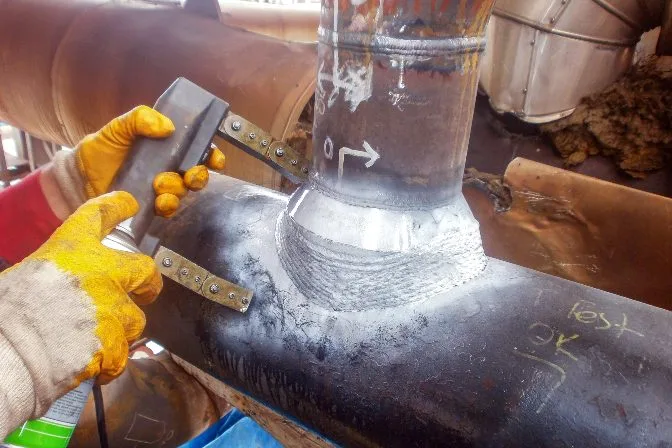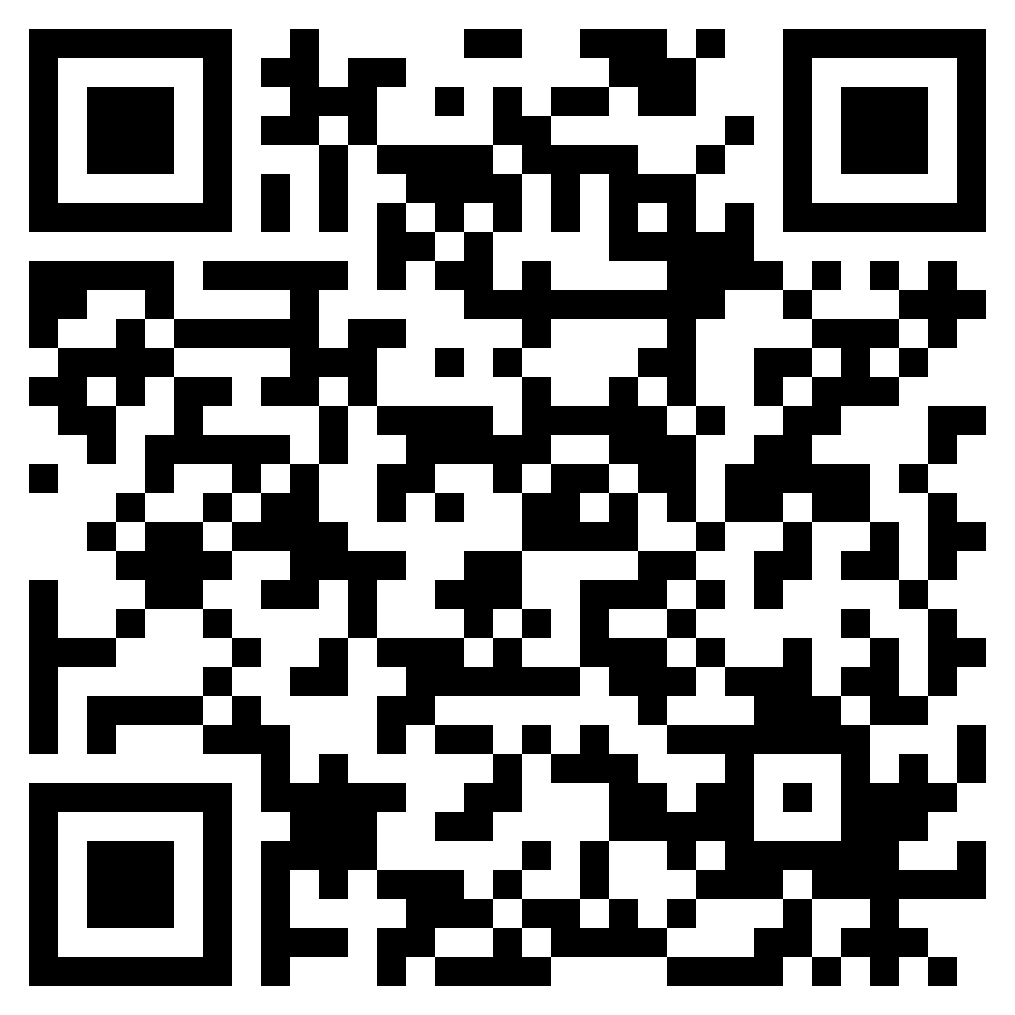Leading Reasons to Choose Professional Welding Inspection Milwaukee Services
Leading Reasons to Choose Professional Welding Inspection Milwaukee Services
Blog Article

Exploring the Different Approaches and Standards of Welding Inspection for Getting Compliance and Reliability in Design Applications
The significance of welding evaluation in engineering applications can not be overstated, as it serves as a critical protect for making sure architectural honesty and compliance with industry requirements. Numerous methods, including visual assessment and progressed non-destructive screening techniques, provide necessary understandings right into the top quality of welds. Adherence to recognized regulative criteria such as those from AWS and ASME develops a structure for liability and excellence. The landscape of welding inspection is consistently developing, motivating a closer evaluation of emerging methods and their effects for engineering dependability. What might these growths entail for future jobs?
Relevance of Welding Examination
Welding examination plays a critical role in making sure the stability and safety of welded structures. This procedure entails the systematic exam of welds to verify compliance with fixed standards and requirements. The significance of welding examination can not be overstated, as it works as a secure versus potential failings that can result from poor welding methods. Via extensive inspection, problems such as cracks, voids, and insufficient fusion can be identified early, thereby avoiding devastating failures that may lead to architectural collapse or security hazards.
Moreover, welding inspection is crucial for preserving quality control throughout the welding procedure. It makes sure that the welds satisfy the essential mechanical and physical buildings needed for their designated applications. Normal assessments also cultivate a culture of liability and continuous enhancement within welding operations, motivating adherence to best methods and market requirements.
In regulated markets such as production, building, and aerospace, rigid welding evaluation procedures are mandated to conform with legal and safety needs. Inevitably, reliable welding examination not just shields human life and residential property yet likewise enhances the durability and integrity of bonded frameworks, making it an essential element of design and building and construction.

Common Welding Assessment Methods
A range of inspection methods are employed to assess the top quality and integrity of welds, each tailored to detect certain kinds of flaws. Among one of the most usual techniques is aesthetic inspection, which involves a detailed exam of the weld surface area to determine visible imperfections such as fractures, damages, and poor fusion. This method is often the very first step in the evaluation process due to its simplicity and cost-effectiveness.
An additional commonly used method is radiographic examination, where X-rays or gamma rays pass through the weld to expose inner defects. This strategy is particularly efficient for spotting porosity and additions within the weld material. In a similar way, ultrasonic testing utilizes high-frequency acoustic waves to identify interior flaws, providing an in-depth evaluation of the weld's integrity.
In addition, magnetic fragment examination is made use of for ferromagnetic materials, permitting the detection of surface area and near-surface defects by using electromagnetic fields and observing fragment patterns. Lastly, dye penetrant screening involves using a fluid color to the weld surface area, exposing cracks and various other interruptions upon examination. Each of these techniques plays an important function in ensuring weld top quality and compliance with market criteria
Non-Destructive Checking Strategies
Non-destructive testing (NDT) methods are important tools in the analysis of weld high quality, allowing assessors to examine the stability of bonded joints without triggering damage to the materials. Different NDT approaches are used to determine prospective defects, making certain that welds fulfill the needed requirements for safety and efficiency.
One of one of the most prevalent strategies is ultrasonic testing (UT), which makes use of high-frequency audio waves to identify inner problems such as spaces or cracks. Radiographic testing (RT) employs X-rays or gamma rays to create photos of welds, revealing any discontinuities within the material. Magnetic fragment testing (MT) works for spotting surface and near-surface issues in ferromagnetic products through the application of electromagnetic fields and contrasting particles.
Fluid penetrant testing (PT) is an additional extensively utilized method that involves using read a dye to the surface of the weld, which permeates into any kind of splits, making them noticeable under ultraviolet light. Each of these approaches provides special advantages and limitations, and the selection of an appropriate technique is important to achieving accurate assessments of weld honesty. Ultimately, the execution of NDT strategies dramatically contributes to the integrity and safety of engineering applications.

Governing Criteria and Conformity
In the realm of welding examination, adherence to governing requirements and conformity is extremely important to make sure the security and reliability of welded frameworks (Welding Inspection Milwaukee). Different companies, consisting of the American Welding Culture (AWS), the American Society of Mechanical Engineers (ASME), and the International Organization for Standardization (ISO), have actually developed standards that control welding methods and inspection procedures. These requirements offer a framework for top quality assurance, describing the required certifications for examiners and the approaches for evaluating weld stability
Conformity with these regulatory requirements not only improves description the structural honesty of bonded assemblies yet additionally mitigates threats linked with failings, which can have devastating repercussions. Examinations should be carried out utilizing specified procedures, consisting of aesthetic, ultrasonic, and radiographic techniques, to make certain that welds meet specified requirements.
Furthermore, adherence to these criteria is often called for by regulation, particularly in industries such as construction, production, and aerospace. Routine audits and accreditations are important to preserve conformity, thus cultivating a society of safety and quality within companies. Ultimately, regulatory standards and compliance serve as the foundation of trusted welding assessment methods, making certain that crafted structures meet both performance assumptions and safety requirements.
Finest Practices for Welding Evaluation
While keeping compliance with regulatory standards is critical, applying ideal techniques for welding examination further boosts the safety and security and integrity of bonded frameworks. Efficient welding inspection starts with thorough planning, that includes recognizing the details demands of each task and ensuring inspectors are well-trained in appropriate methods and requirements.
Using a thorough assessment checklist helps to guarantee all crucial elements are evaluated, such as weld dimension, penetration, and visual defects. Non-destructive screening (NDT) methods, such as radiographic or ultrasonic recommended you read testing, ought to be utilized where appropriate, offering a more comprehensive assessment of weld high quality without jeopardizing the stability of the materials.
Paperwork plays a considerable duty in best practices; preserving precise documents of examinations, including photos, test outcomes, and compliance reports, makes certain liability and promotes future assessments. Furthermore, fostering a culture of open interaction in between welders and examiners can result in early identification of possible problems, advertising prompt corrective activities.
Final Thought
In recap, the application of extensive welding examination approaches and adherence to established standards are essential for guaranteeing compliance and dependability in engineering applications - Welding Inspection Milwaukee. Techniques such as aesthetic examination, radiographic testing, and ultrasonic screening work as critical devices in recognizing problems and preserving quality guarantee. By promoting a society of liability and excellence, organizations can enhance the integrity and longevity of bonded frameworks, eventually contributing to the security and efficiency of design tasks
Different approaches, consisting of visual evaluation and progressed non-destructive testing techniques, give important insights right into the top quality of welds.Welding examination plays a vital role in guaranteeing the stability and security of bonded structures.A selection of inspection techniques are employed to evaluate the top quality and integrity of welds, each tailored to spot particular types of flaws.An additional extensively utilized method is radiographic examination, where X-rays or gamma rays permeate the weld to reveal interior issues.In the world of welding examination, adherence to regulative standards and compliance is extremely important to make sure the security and dependability of welded structures.
Report this page